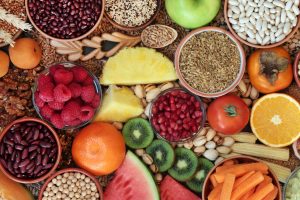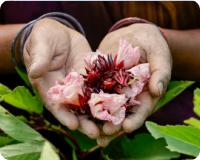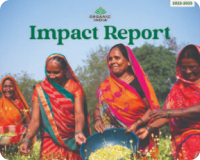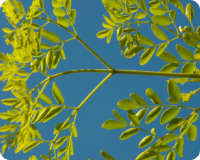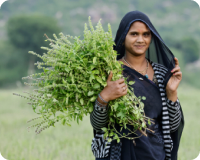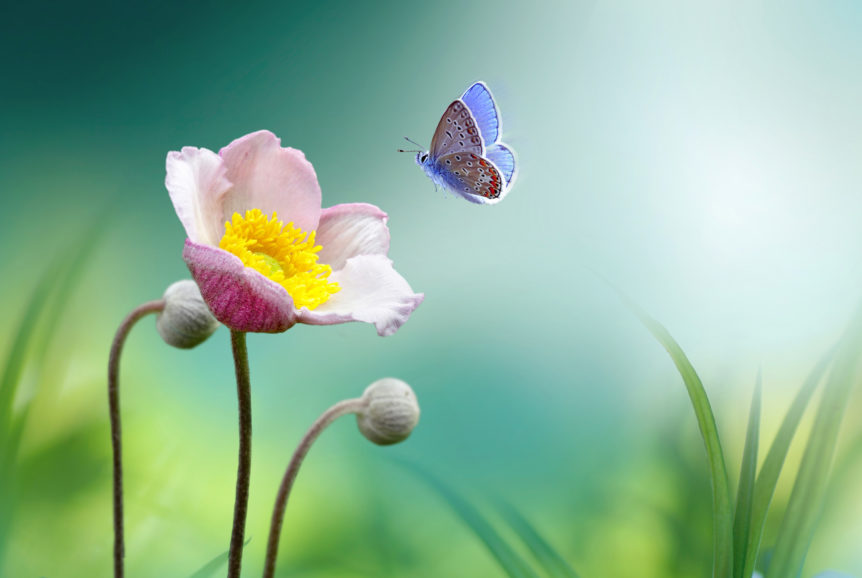

Section

Back
Spring is a continuation of Kapha season. This season, associated with the water element, starts in mid-Winter and continues until the end of Spring. For millennia, Spring has been celebrated as nothing short of a miracle: The glorious return to life following the cold stagnation of winter. For the health and happiness of the mind, spirit, and body, Ayurveda offers some fascinating insights into how to manage during spring’s kapha season and what it means on micro and macro levels.
When applying the wisdom of Ayurveda, we begin with the doshas, which not only refer to body types and temperaments, but also to so many aspects of life — both natural and inanimate. There are three doshas —Vata, Pitta, and Kapha — that ideally lie in a state of harmonious balance. This extends to the seasons, wherein a natural equilibrium of a particular dosha makes way for the health and wellness of human beings. The predominant dosha in the heart of spring is Kapha, a Sanskrit word referring to that which flourishes in water.
Characteristics of Spring
Spring is cool, wet, and soggy, marked by melting snow and ice, and rain showers — a time when the earth becomes water soaked and heavy. As a result, the environment slowly begins to blossom and sprout new life. Renewal and growth are the two key aspects of spring, when the latent tendencies of nature become manifest. This instills our bodies and minds with the promise of a fresh start, a desire to clean house and detoxify, and to awaken from the slumber of winter. Joy, hope, and inspiration abound. On the other hand, if the mind, body, and spirit are not in harmony with the qualities of spring, one may be prone to sluggishness and heaviness, leading to colds, excess mucus, and allergies.
Optimal Kapha Season Foods: Astringent, Bitter, and Pungent
Spring is a time for warm drinks and warming herbs. Julie Bernier, who teaches the art of self-care to women, notes that the Kapha and Vata doshas are cold and can influence the way a person feels during spring. Therefore, cold drinks can aggravate these already increased doshas.
The general advice for spring is to eat more astringent, bitter, and pungent foods.
The Chopra Center suggests that if you’re feeling a bit imbalanced when transitioning through spring, no matter what your dosha, eat more foods that help calm the heavy, cold, and oily Kapha qualities — steamed vegetables (not raw), greens (especially cruciferous vegetables, like broccoli, cauliflower, and cabbage), broth, brown rice, and a variety of astringent and bitter legumes. Decrease or eliminate foods that are sweet, sour, salty, heavy, cold, and oily, including fried foods and cold or frozen dairy, such as ice cream. There is a natural tendency to eat light, fresh foods in spring, following a long winter of heavy carbs and sweets, so it may not be too hard to make the switch.
Eating for your Dosha in Spring
Certified Holistic Health Coach Heidi Hackler and writer for the Chopra Center, summed up these suggestions for the three dosha types to navigate the newness of spring:
- Vata: Eat a diet that’s calming, soothing, and nourishing. Increase Vata with pungent, bitter, and astringent tastes, and decrease it with sweet, sour, and salty tastes.
- Pitta: Eat a diet that’s cooling and moderately heavy. Increase Pitta with pungent, sour, and salty tastes, and decrease it with sweet, bitter, and astringent tastes.
- Kapha: Eat a diet that is full of foods that are stimulating and warming. Increase Kapha with sweet, sour, and salty tastes, and decrease Kapha with pungent, bitter, and astringent tastes.
Spring Foods for Seasonal Sensitivities
Spring may be a joyous release from the confines of winter, but those who suffer from seasonal sensitivities are wont to experience discomfort as plants and flowers begin to blossom. John Immel, founder of Joyful Belly, a website with a wealth of information on healthy diets and lifestyles through Ayurveda, advises that sometimes the best way to minimize phlegm is to reduce the intake of foods with similar qualities to mucus.
“Mucus is thick, sticky, and rich.” notes Immel. “Foods that fall into this category are dairy products (especially cheese), wheat and other heavy grains, and meat.” Immel said that foods to favor are ones with light, clear, dry, and hot qualities, including spices such as ginger, turmeric, black pepper, and cumin. Ideal light foods for spring include beans, bitter green leafy vegetables, sprouts, radishes, parsley.
One of the Ayurvedic herbs with the most ubiquitous health benefits is Tulsi, also known as Holy Basil. A springtime tea of Tulsi, combined with other herbs, is ideal for seasonal sensitivities. In the Herbal Collective, Marilyn Zink reported that Tusli is of great benefit to the respiratory system with the potential to liquefy phlegm due to its hot and sharp attributes. Looking back into ancient history, Holy Basil has long been used to treat healthy inflammatory response and lung function.
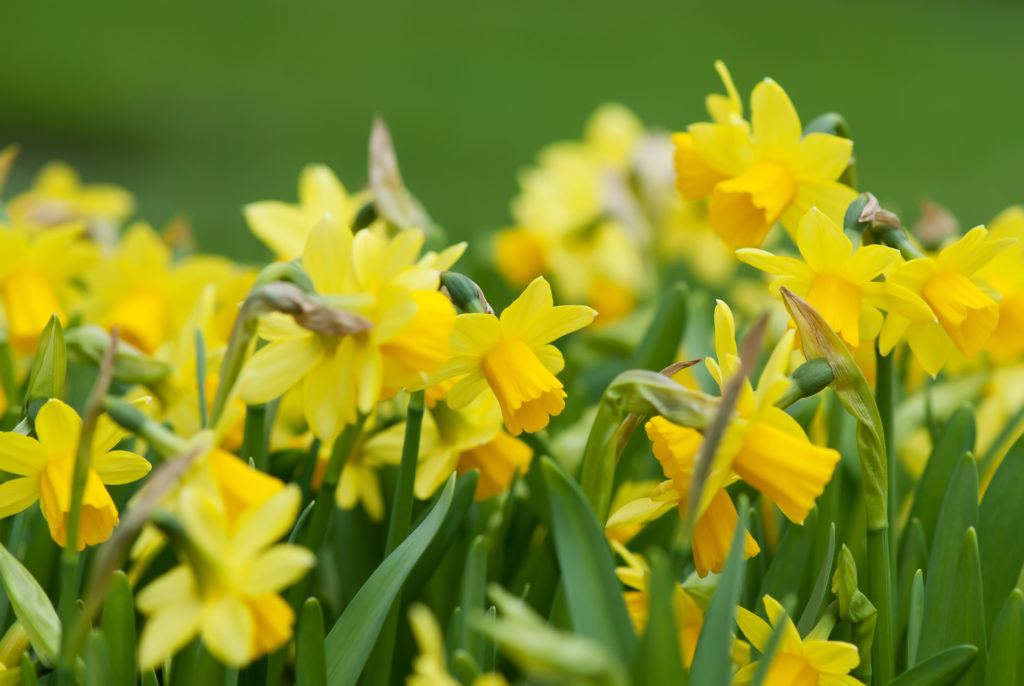
Yoga during Kapha’s Spring Season
Yoga has been a mind-body prescription for centuries. Spring is the time of year to get moving once again, and yoga is a way to rejuvenate. Movement not only strengthens the body, it also pumps the lymphatic system to help detoxify both foreign and metabolic wastes. Charlotte Bradley, founder of YogaFlavoredLife, suggests that to keep in step with the vibrant spring energy, one should synchronize breath and movement with some gentle flow sequences. Focusing on the inner and outer legs tends to activate energy channels related to the liver and gallbladder, which are two detoxifying organs. And, says Bradley, add some twists to your yoga workout. Twists also help with detoxification; aid in digestion; and stimulate the liver, spleen and kidneys to help with the removal of bodily waste.
A Lifestyle for New Life
This spring, celebrate a fresh start, as all dosha types appreciate a surge of energy and hope for new beginnings. It is the season of manifestation. What has been yearning to be free arises from below the ground and reaches toward the heavens. When you think and act holistically, you stand the greatest opportunity for successful healing, compassionate acts, and stepping out of the sluggishness and springing into happiness.

